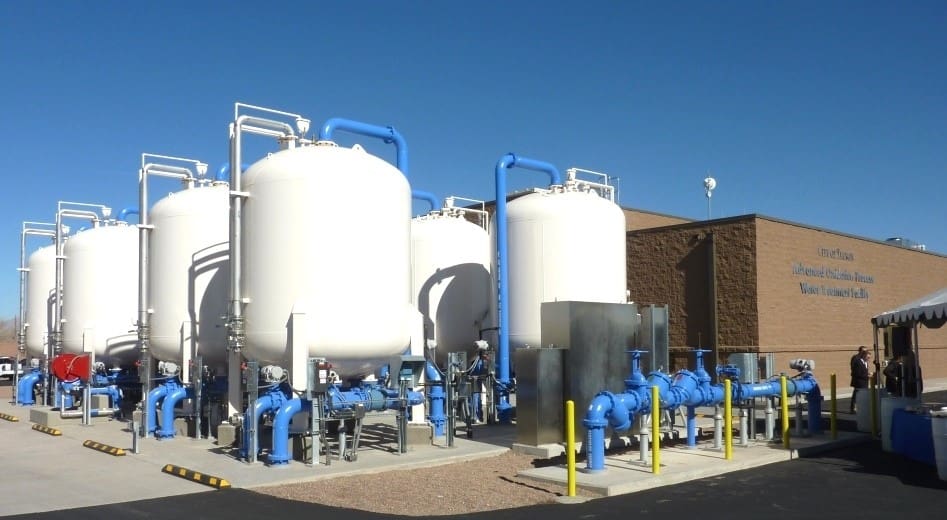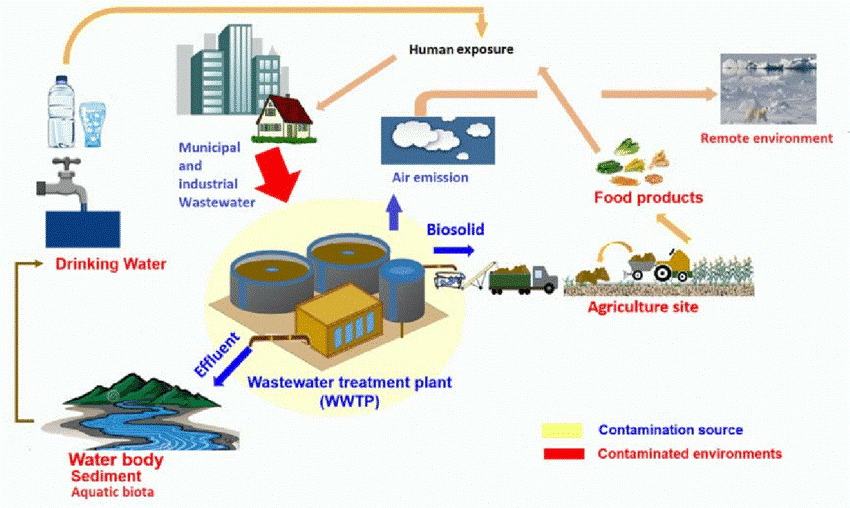How M270 PFAS Treatment Is Changing the Future of Environmental Remediation
How M270 PFAS Treatment Is Changing the Future of Environmental Remediation
Blog Article
Advanced Approaches for Effective PFAS Contamination Elimination
The persistent difficulty of PFAS contamination requires the exploration of sophisticated removal methods that can efficiently deal with these damaging substances. Innovative technologies, such as advanced oxidation procedures and numerous adsorption strategies, have actually emerged as encouraging remedies in mitigating PFAS from impacted environments.
Understanding PFAS Residences
Although per- and polyfluoroalkyl compounds (PFAS) have been extensively made use of in numerous industrial and consumer items because of their distinct properties, their perseverance in the atmosphere presents significant obstacles to public health and wellness and security. PFAS are a team of artificial chemicals characterized by a carbon-fluorine bond, among the best chemical bonds understood, which adds to their extraordinary stability and resistance to destruction. This stability allows PFAS to collect in the atmosphere and living microorganisms, bring about prospective adverse wellness results.
The hydrophobic and oleophobic nature of PFAS makes them especially efficient in applications such as non-stick coatings, stain-resistant fabrics, and firefighting foams. Nevertheless, these very same properties contribute to their ecological determination, as PFAS do not easily break down with all-natural processes. Their prevalent usage has led to ubiquitous contamination of water resources and dirts, complicating remediation efforts. Recognizing the chemical buildings of PFAS is important for creating reliable techniques to handle and alleviate their ecological impact. The distinct features of these substances necessitate a nuanced method to address the difficulties positioned by their visibility in communities and prospective human exposure.
Ingenious Removal Technologies
The perseverance of PFAS in the environment has actually stimulated the growth of ingenious remediation innovations targeted at properly getting rid of these pollutants from impacted communities. Among the most encouraging techniques are advanced oxidation processes (AOPs), which utilize powerful oxidants to damage down PFAS compounds into less hazardous substances. AOPs can be customized to target details PFAS structures, enhancing their efficacy.
An additional emerging technology is using adsorption media, such as triggered carbon and ion exchange resins, which can uniquely catch PFAS from contaminated water. These materials have actually shown significant removal performances, although regular replacement and regrowth are necessary to keep performance.
Membrane layer filtering methods, including reverse osmosis and nanofiltration, are additionally obtaining grip in PFAS remediation. These approaches can successfully separate PFAS from water, giving a sensible option for treating infected sources. Additionally, thermal therapy techniques, such as incineration, can decompose PFAS right into safe byproducts, though they need mindful monitoring to manage exhausts.
Jointly, these cutting-edge removal modern technologies represent significant developments in the continuous fight versus PFAS contamination, using different approaches to restore damaged settings and shield public health and wellness.

Bioremediation Methods
Bioremediation methods offer a promising strategy to resolving PFAS contamination by harnessing the all-natural capacities of bacteria to deteriorate these persistent compounds (m270 waste management). This technique involves making use webpage of germs, fungis, and other microorganisms that can metabolize or transform PFAS compounds into much less unsafe by-products
Recent improvements in molecular biology and ecological microbiology have actually improved our understanding of microbial neighborhoods and their possible duties in PFAS degradation. Researchers are proactively exploring specific stress of germs, such as Pseudomonas and Bacillus, which see this here have actually demonstrated the ability to damage down certain PFAS compounds.
Sitting bioremediation methods, where microbes are promoted directly in polluted settings, can be specifically efficient. This method usually includes the application of nutrients or electron contributors to advertise microbial development and activity. Furthermore, ex situ methods, such as bioreactors, enable for regulated problems that can enhance deterioration prices.
In spite of the pledge of bioremediation, challenges continue to be, including the intricate nature of PFAS compounds and the requirement for substantial field testing - m270 waste management. Proceeded research and development will certainly be important to refine these methods and evaluate their efficiency in diverse ecological contexts
Adsorption and Filtration Methods
Addressing PFAS contamination often entails utilizing adsorption and filtering approaches, which are designed to remove these relentless chemicals from water and soil. Amongst the numerous methods, triggered carbon adsorption is extensively utilized due to its high area and porosity, enabling reliable capturing of PFAS molecules. Granular triggered carbon (GAC) systems are particularly preferred for dealing with large quantities of contaminated water, while powdered triggered carbon (SPECIAL-INTEREST GROUP) can be utilized for smaller-scale applications.
Ion exchange materials additionally show promise in PFAS removal, functioning by trading PFAS ions with much less damaging ions in the water. This method has shown performance in focusing PFAS compounds, promoting their succeeding removal. In addition, membrane filtering techniques, such as reverse osmosis and nanofiltration, operate by utilizing semi-permeable membrane layers to separate PFAS from water, successfully minimizing their concentrations.
While these methods work, they need to be thoroughly chosen based upon the particular PFAS compounds present and the ecological context. Continual improvements in products scientific research and design are causing the growth of unique adsorbents and filtering systems that enhance removal performances and decrease functional costs, thus improving total remediation efforts.
Regulatory and Policy Factors To Consider
Exactly how can efficient governing frameworks boost the management of PFAS contamination? Thorough policies are necessary to make certain a worked with and durable action to the challenges presented by per- and polyfluoroalkyl materials (PFAS) Regulations can develop clear standards for monitoring, reporting, and remediating PFAS-contaminated sites, promoting accountability amongst More Info sectors and public entities. (m270 waste management)

Additionally, financial incentives and grants can be integrated right into policies to urge the fostering of sophisticated removal modern technologies. Policymakers ought to also focus on r & d, ensuring that emerging approaches for PFAS elimination are verified and executed properly.
Additionally, public understanding and engagement are essential parts of any kind of regulative technique, equipping communities to support for their health and wellness. Inevitably, a well-structured regulative setting will not only enhance the administration of PFAS contamination yet also promote lasting methods that secure future generations.
Final Thought
In recap, the complexity of PFAS contamination requires the adoption of advanced remediation approaches. Innovative innovations such as sophisticated oxidation procedures, adsorption strategies, and membrane layer filtering have shown substantial efficacy in getting rid of these consistent compounds from contaminated water sources. Additionally, regulatory frameworks need to advance to sustain the execution of these modern technologies, guaranteeing secure and effective monitoring of PFAS pollutants. Continued r & d in this area remain crucial to dealing with the challenges presented by PFAS contamination.
Report this page